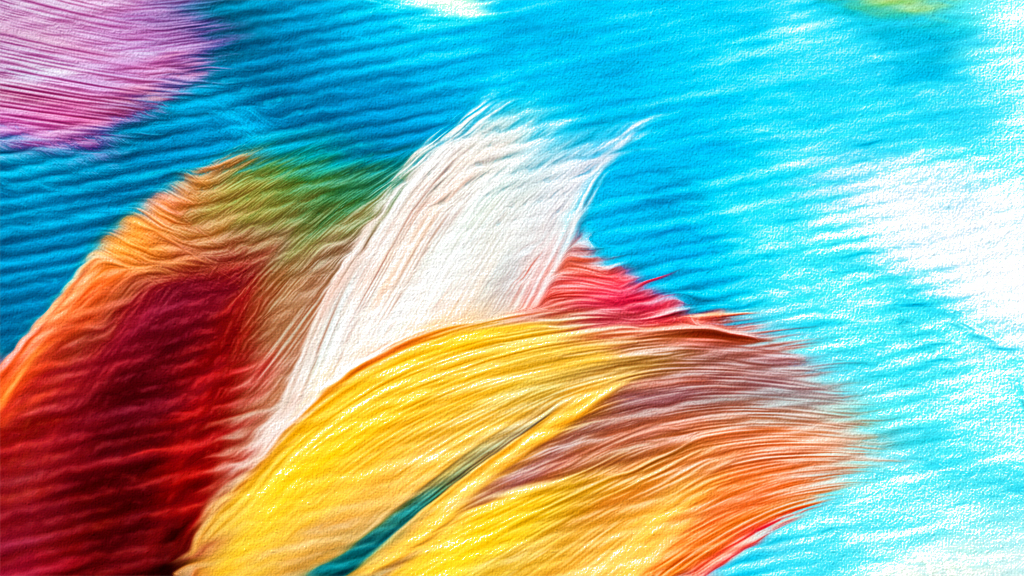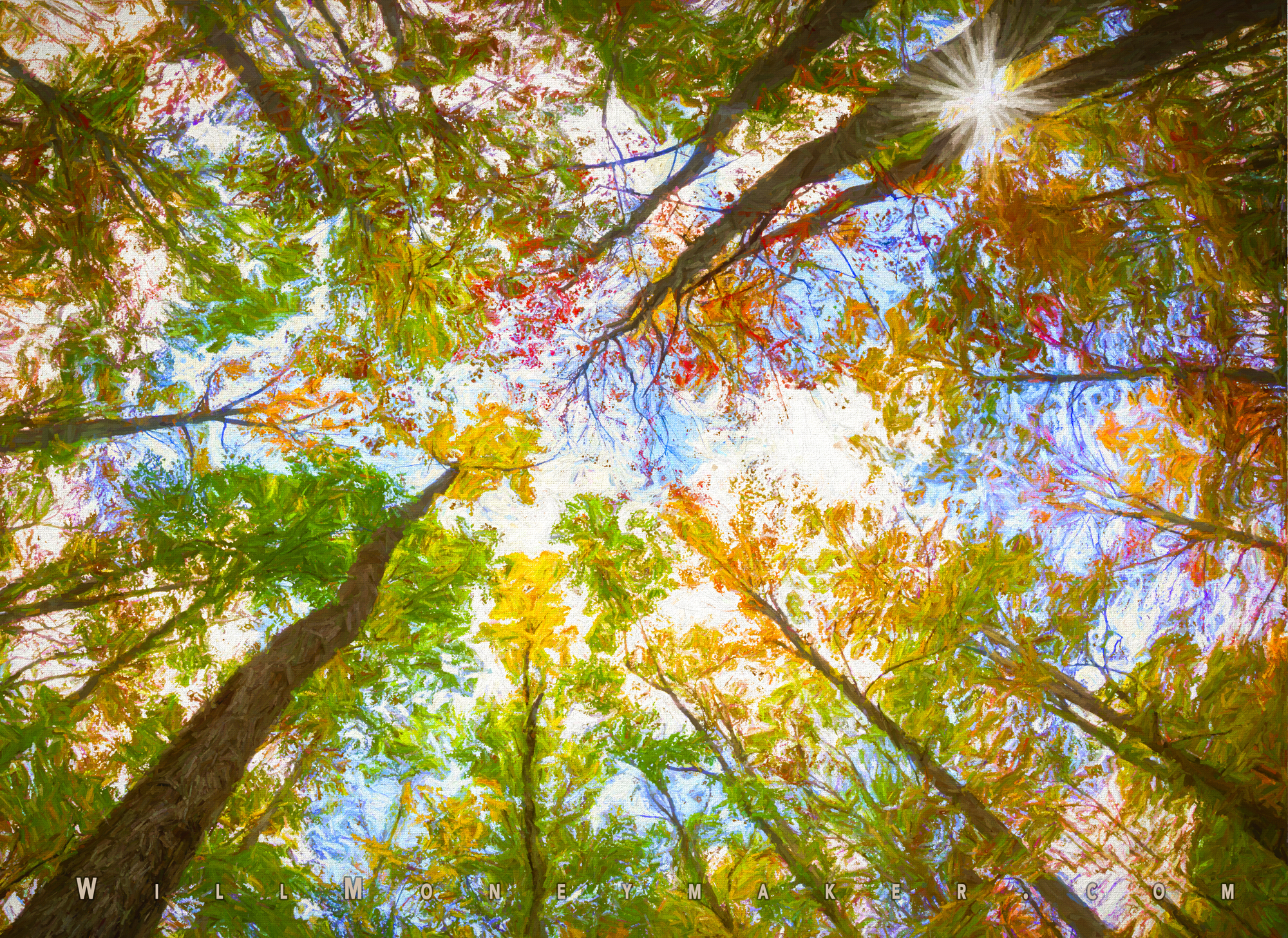So much of creativity is interrelated—and that’s why I often look to avenues well outside of photography for inspiration that relates to various aspects of photography. This time around, my attention is on writing, or more specifically, one of the key tenets of writing, which is to avoid repeating yourself. This is true whether you’re writing a short story, an article, or a book. Most of the time, anyway—there are instances when poetic repetition turns into a beautiful device.
But for the most part, editors will go through and red pen you to death for repetition. What’s more, there are different types of repetition that you can get dinged for. You could be making the same statement in different ways, or you could be outright saying something that readers can easily gain through context.
For example, you don’t necessarily need to tell a short story reader that the sky is blue if you have also mentioned that it’s noon and the sun is shining. When it’s noon and the sun is shining, there is no other color that the sky can be; thus, readers can assume this without being told.
So, where does this idea of repetition intersect with photography? That’s a tough question to answer, but I think we can go back to the rules of writing for some insights—though it might get a little complex. In photography, namely in projects or groups of images, repetition happens when a particular image adds nothing new to the group. However, this can be difficult to discern because sometimes, projects are all about perspectives that, on the surface, may look repetitive. We may photograph the exact same subject from different angles and in a variety of different ways because we need all those perspectives to tell the full story.
I guess you could say, much as poetic repetition can be a beautiful device, photography also has forms of repetition that are both good and bad. That aside, I do think there is one tried and true way to discover which photographs are repetitive in a bad way.
You see, writers are often told to take a paragraph, several paragraphs, or maybe even a whole chapter entirely out of the story. That’s the tell. Just delete it (but save it elsewhere in case you want to put it back). Now that those words are gone, the trick is to analyze the story. Does it still make sense, or do the missing words require you to drastically rewrite parts of the plot in order to fill the gap? If you can remove a chunk of the story without significantly changing what remains, then what you removed was unnecessary. I think you can do exactly the same with photographic stories. If you can remove an image from a project without changing a viewer’s understanding of what you’re trying to say, then that photograph may not need to be there. Each successive image should offer something new so that the story unfolds with layers of new knowledge or new insights that keep things progressing in a meaningful way.
Now go and enjoy the beauty of God’s creation through your lens.





